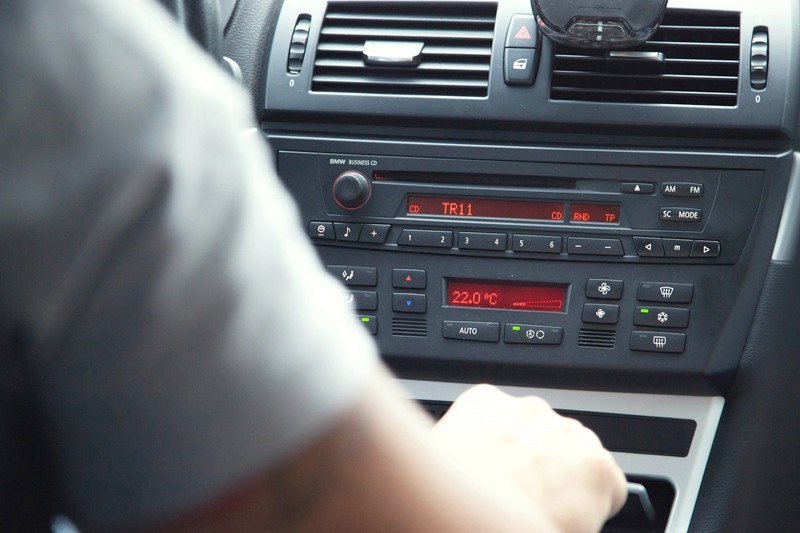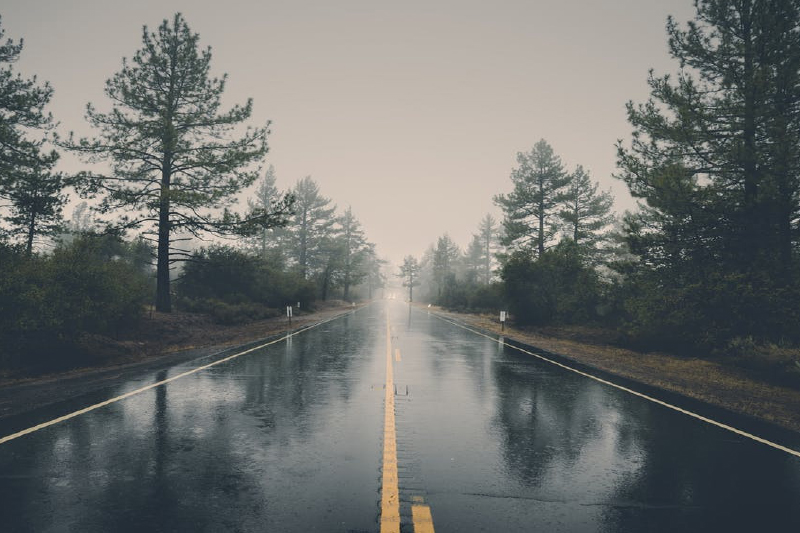The Wetcoast, Raincouver, Raincity. Our beloved BC Coast’s reputation for rain is known far and wide. Whether you’re a long-time resident, or a newcomer to the region, you’d better be prepared for those spring April showers. Sure, many of us anticipate this weather to be the perfect time to put the tea on, cozy up with a good book, or settle in for a movie-marathon. Even so, it’s safe to say that nobody is looking forward to one particularly unpleasant reality of the rainy season – driving in downpours. Heavy rainfall is consistently cited as the leading cause of weather-related accidents. Not surprisingly, it’s also a time when the number of auto insurance claims soar. Here’s how to reduce your risk of an accident by driving safely when you can’t avoid driving in a deluge.
The First 10 Minutes
Statistics indicate that the first few minutes of a rainfall are the most dangerous. Roads become extra slippery due to built up oil that suddenly gets flushed away. If possible, avoid driving altogether at the onset of the storm. Otherwise, the beginning of rainstorm is a time to use ample caution, and slow down. Don’t forget – posted speed limits are only recommendations specifically geared to clear conditions. Use good judgment and slow your speed according to your situation. Give yourself extra time for commuting so you can use caution, and not feel rushed getting to your destination.

Do Away With Distractions
Juggling a hot coffee, scrolling through stations, fiddling with a GPS, telling your child to stop antagonizing her sibling or you will change the home WiFi password — these are all distractions that can all dangerously hinder you in even regular road conditions. Avoid a fatal accident by making safe driving your singular focus when bad weather hits. And if you’re still tempted to fire off a quick reply text while driving, let the story of this Vancouver driver’s $736.00 fine be a stern warning.
Double Down
Save the tailgate party for the Super Bowl. In ideal driving conditions, recommended safe following distance between you and the next car is at least 3 seconds. On a hazardous day with wind and rain, you can easily double this distance to 6, or even 9 seconds in extreme conditions. If you’re not confident gauging and maintaining a safe distance, watch a quick refresher. Alternately, if you’re the one being tailgated, allow aggressive drivers to pass.
Proactive, Not Reactive
A great deal of staying in control of your vehicle has to do with maintaining balance, and not making sudden, destabilizing moves. There are specific tactics that can be employed if you begin to hydroplane – most importantly, not panicking. For most people this is counterintuitive, so it’s well worth reviewing in closer detail. To maintain traction on a wet road, skip using cruise-control altogether, and avoid sudden turns, lane-hopping, or hard braking.

Lights On
Double check that your vehicle lights are fully functioning, and choose the best ones for your situation. If you’re unsure which to use, think about the drivers around you, including whether they are likely to see you, or be blinded by your high beams.
Stay Covered
In the case that you do happen to get into an accident while navigating wet conditions, an expired insurance policy (even by a day or two) leaves you at risk and will flag you as a high-risk driver going forward. Set a reminder, and renew well in advance. Stay safe, and remember, we’re here to assist you.
Contact your nearest Johnston Meier Insurance location.
